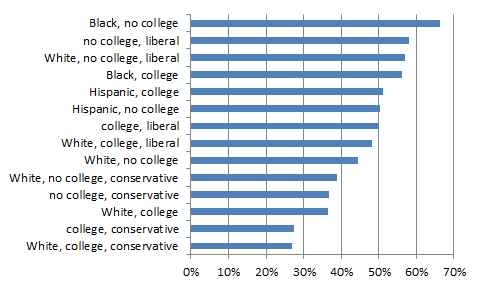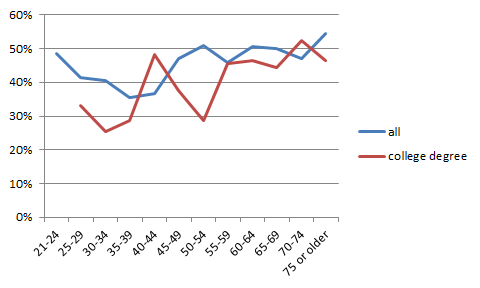The 240-page book, Change for the Audacious: a doers’ guide by Steve Waddell, was published in 2016. This book explores how we must, and can do much better at addressing issues such as: climate change, food security, health, education, environmental degradation, peace-building, water, equity, corruption, and wealth creation. This book is for people working on these types of issues, with the belief that we can create a future that is not just “sustainable”, but also flourishing. This perspective means that the challenge is not just one of simple change, but of transformation – radical change in the way we perceive our world, create relationships and organize our societies. This is the implication of the United Nation’s Sustainable Development Goals and other global efforts, and also innumerable efforts locally, nationally and regionally.
 This book approaches these challenges as large systems change issues: issues requiring engagement of many, many people and organizations often globally; issues requiring deep innovation with shifts in mindsets and power structures; and issues that require capacity to work with complexity. Large systems change is presented as a new field of practice and knowledge; the book is not about a “method” or particular “approach”; rather it provides an overview of frameworks, methods and approaches to develop capacity to use the appropriate ones in particular contexts.
This book approaches these challenges as large systems change issues: issues requiring engagement of many, many people and organizations often globally; issues requiring deep innovation with shifts in mindsets and power structures; and issues that require capacity to work with complexity. Large systems change is presented as a new field of practice and knowledge; the book is not about a “method” or particular “approach”; rather it provides an overview of frameworks, methods and approaches to develop capacity to use the appropriate ones in particular contexts.
After introducing concepts of transformation and complexity, the book presents five case studies of large systems change. These cases and others are referenced throughout the remainder of the book to present large systems change strategy, organizing structures, steps in developing the necessary collective action, tools, and personal guidance for change practitioners.
About Steve Waddell & NetworkingAction
Responding to the 21st century’s enormous global challenges and realizing its unsurpassed opportunities require new ways of acting and organizing. NetworkingAction is my personal vehicle to support organizational, network, and societal change and development, through consultation, education, research, and personal leadership. In particular, I focus upon intersectoral (business-government-civil society) and inter-organizational collaboration to produce innovation, enhance impact, and build new capacity. These initiatives may be local, national and/or global. The topics are varied, including water, forestry, youth, finance, economic development, and peace.
Resource Link: http://networkingaction.net/product/a-truly-path-breaking-work/
This resource was submitted by Steve Waddell, the Principal at NetworkingAction via the Add-a-Resource form.




